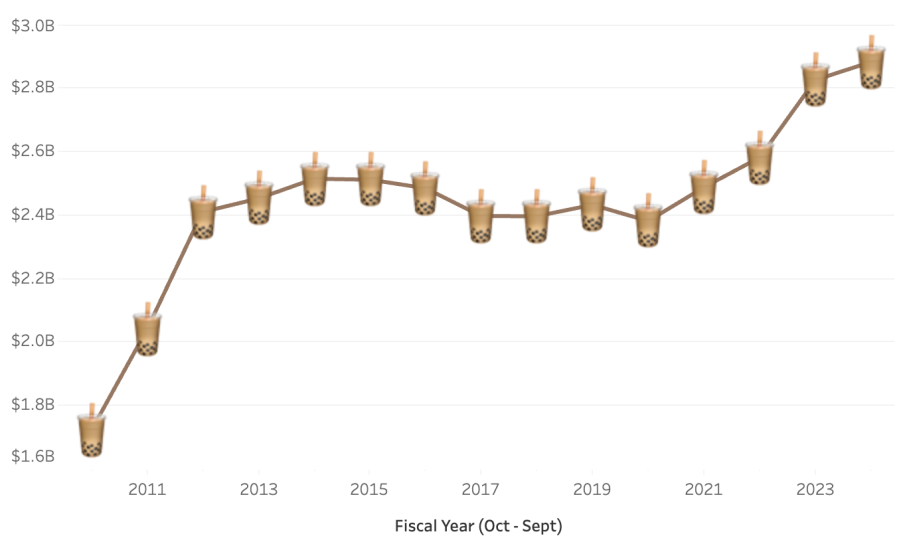Browse Data and Analysis
Filter
Search Data and Analysis
- 1799 results found
- (-) Processed Food Products
- Clear all
On January 14, 2025, Korea’s Ministry of Agriculture, Food and Rural Affairs (MAFRA) published new import health requirements (IHRs) for pet food, which are effective immediately. With the new IHRs, there is now a pathway to approve U.S. pet food products containing ruminant ingredients, which had been banned since 2003.
In 2023, Peru was the 28th-largest market for U.S. agricultural exports, valued at $851 million, making it the 3rd-largest market in South America. The U.S.-Peru Trade Promotion Agreement (PTPA) entered into force in February 2009, and U.S. agricultural exports reached $1 billion for the first time in 2014, peaking at $1.36 billion in 2018. The United States accounts for 14 percent of Peru's agricultural import market share, positioning it as the second-largest supplier to the country.
This monthly report includes information on U.S. and global imports of dairy products, including maximum quantities that can be imported under tariff-rate quota licensing.
According to Australian law, the excise duty rates levied on alcohol are subject to biannual indexation, with adjustments made in accordance with the upward trajectory of the Consumer Price Index (CPI).
Interactive Tableau visualization showing U.S. Non-Alcoholic Beverage (excluding juices) exports to the world from FY2011-2024.
This report serves as an update to FAS Jakarta’s previous report outlining Indonesia’s plans to impose a 12-percent value-added tax (VAT) for luxury agricultural products (please see GAIN Report ID2024-0053).
On November 18, 2024, the Government of Indonesia (GOI) issued Regulation No. 19/2024 on the Supervision of Genetically Engineered Food which updates the labeling requirements for genetically engineered (GE) products, and regulates microbial biotechnology, genome editing, and the food safety assessment of products with stacked genes
In 2023, Hong Kong was the 17th-largest market for U.S. agricultural products globally. That same year, the United States exported $1.5 billion of agricultural products and was the third-largest supplier of consumer-oriented food products to Hong Kong after China and Australia.
Taiwan Food and Drug Administration released its enhanced border inspection list for 2025 which includes U.S. cherry and seasoning products.
Chocolate is a popular product in the Korean market, with 2023 sales reaching $578 million and imports of chocolate totaling $356 million.
This annual report includes information on U.S. and global imports of dairy products, including maximum quantities that can be imported under tariff-rate quota licensing.
Korean imports of cheese products continue to grow, seeing a five percent compound annual growth rate over the last five years. Mozzarella is the most imported cheese product and the United States is the leading supplier of cheese to Korea.

